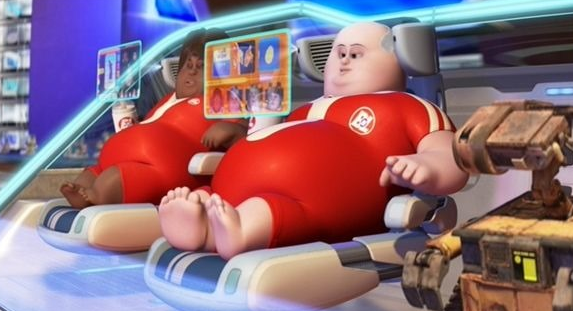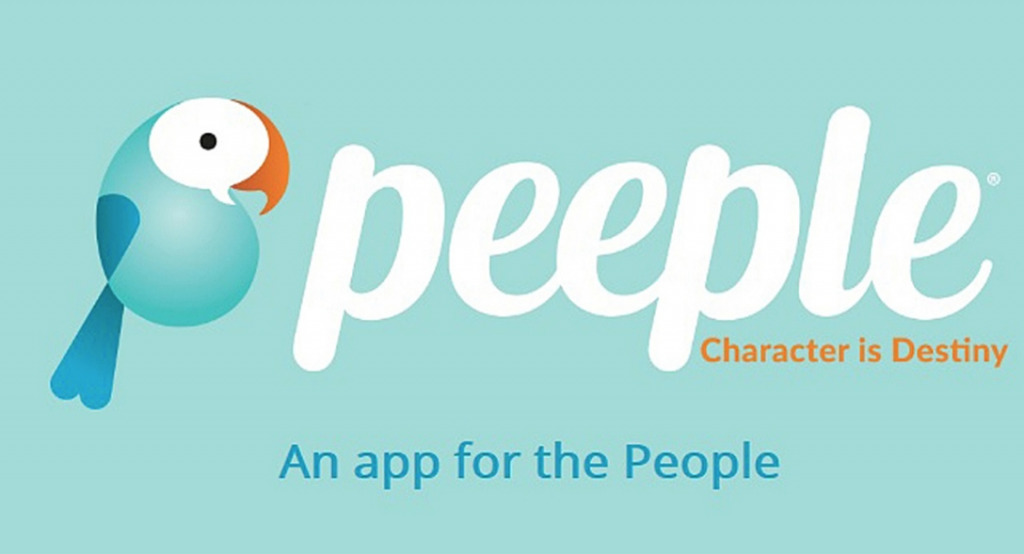
This is starting to get interesting. Digital detoxes, which I was speculating about back in 2010, are starting to become mainstream. A ski company used the phrase in a recent press advertisement and someone in NZ seems to have registered the term (good luck with that). Vinyl records are making a small come back too and now there’s an interesting debate emerging about whether film is better than video for movies.
Spectre, the new James Bond film that’s released tomorrow, was shot on 35mm film, as was Star Wars Episode VII. Despite all this it’s almost impossible to experience films shot on film in the cinema. 98% of cinema screens in the UK are now digital, which is convenient and saves money for cinema owners, although one wonders how much of these cost savings are passed onto customers (a familiar theme with analogue to digital transitions – big companies, especially banks, take note).
However, the use of digital is costing somebody. The annual storage cost of a movie shot on film is about £700 per year and a print will last for about 100 years if carefully stored and looked after. A digital copy of the same film will cost ten times this amount and a will only last for about 10 years before deterioration starts to become an issue – what you thought that your digital photos kept on your computer were safe? Yeah, right, about as safe as your bank account details held by Talk Talk.
But why would anyone want to see a movie shot in and projected on film?
The answer is that film provides and richer and more emotional (dare I say it, human) experience. ‘Old’ film has a resolution significantly higher than the ‘new’ digital standard and can carry billions of colours compared to 16 million or thereabouts with a ‘cutting edge’ digital file.
But the best explanation for why old beats new is this. Walter Murch, a respected US film editor and sound designer, once did an experiment whereby he shot an empty room on film and then digitally on video. Watching the two sequences sequentially the digital (video) sequence felt like “Somebody had just left (the room)”. With film he commented that it had a feeling of “rising potential”. It felt like “somebody was about to come in.” It’s about the same difference as visiting an art gallery in person versus online. There’s not much difference on the surface except that one makes you feel something (human?) whereas the other does not.
This is not a binary thing. This is not a question of whether film is better than digital or digital is better than film. Both are different. Both have advantages and disadvantages. Like life in general, we should therefore be given the opportunity to decide for ourselves, which interests us or suits us best. The future should be and not or.
The more that companies and governments tell us what to do or insist that we connect with them using particular technologies the more I suspect that people will start to do the opposite.
Ref: Is it time to bring back the projectionist? By Robbie Collin, Daily Telegraph Saturday 24 October 2015.
Couple of related links here and here and here.










